Short, stocky, and with an iconic silhouette reminiscent of Target commercials, the bull terrier is an easy dog to recognize. With a stubborn streak a mild wide and a penchant for tug-of-war, this breed is a lively addition to any home that enjoys playful and mischievous companionship. Read on to learn more about the bull terrier.
Description of the Bull Terrier
The bull terrier was originally bred as a fighting dog, and a bull-baiting dog, and retains the tenacity to prove it. When blood sports were outlawed, the breed found its way into the hearts of gentlemen in the upper society, thanks to its huge personality. Nowadays, the breed is an active and goofy member of many homes. They have huge personalities, and are not well-suited for the faint of heart.
This breed has the spirit and tenacity of a terrier, with the muscle and might of a bulldog, proving an agile yet powerful athlete in any sport he tries. With adequate training, socialization, and exercise, the bull terrier is an athletic and charming companion. This dog is strikingly muscular, but their most prominent feature is their egg-shaped head with small eyes.
This breed is prone towards obesity without enough exercise, and over-exuberance that can be quite frightening without adequate training. Thanks to their sturdy stature (they are shockingly heavy for their height) and high energy nature, they aren’t generally a good fit for homes with small children.
Life Expectancy and Size
The bull terrier stands just 21-22 inches at the shoulder, yet weighs in at 50 to 70 pounds. The breed standard calls for a strong, muscled build. They have a short, tight coat that doesn’t provide much warmth, but shows of their stature. Bull terriers are also available in miniature, which is considered by the AKC to be a separate breed.
The bull terrier generally lives to 12-13 years old, but the breed struggles with several health issues. As with many white dogs, many bull terriers suffer from sight and hearing deficiencies. They also should be screened for joint, heart, and kidney issues given their prevalence in the population.
Protective Ability
With a nearly unrivaled tenacity, the bull terrier makes a formidable guard dog. They pack a large punch in a short frame, but need plenty of guidance to ensure that they distinguish friend from foe. A well-trained protective bull terrier will not intervene without your guidance, but is confident and unstoppable when trained well.
Training
This breed has a stubborn streak and a penchant for toys that runs deep on both sides of the line (terrier and bulldog). As such, they can be quite easily trained if their owner is creative and consistent with game- and toy-based training and rewards.
This dog was originally bred to bait bulls, and is practically impervious to correction-based training. They will respond far better to toy-based rewards, and many enjoy treats. While not generally regarded as the breed of choice for any sport in particular, the bull terrier can be trained to excel in nearly any field.
Bull terriers benefit from careful socialization, to ensure that they don’t become overly suspicious of, or aggressive towards, strangers, kids, other dogs, and new situations. They can be quite aloof around strangers without this socialization, and many do not hesitate to react aggressively if they distrust someone.
Energy Level
Be ready for a lot of activity if you are considering adding a bull terrier to your home. This breed was developed for intense and regular physical activity, and can easily become frustrated with life if deprived of proper exercise.
Walking alone is often not enough to tire out this breed. Hiding treats or toys along your walk, giving your dog a weight vest, or trying out sports like agility and flyball will help give your bull terrier the mental and physical exercise outlet that it needs.
Care of the Bull Terrier
This sturdy breed is relatively low maintenance when compared to some breeds, but requires plenty of activity to stay happy.
Environmental Needs
The short, tight coat of a bull terrier is great for showing off a muscular physique. That same coat, however, is almost useless at keeping him warm. Many bull terriers benefit from coats in cold climates, but do well in moderate heat.
Exercise Needs
A tired bull terrier is generally a happy bull terrier. It takes quite a bit to make a dent in this powerful dog’s energy levels, so be prepared to do some work with your new pup. Intersperse your bull terrier’s day with walks, games, sniffing activities, and weight pulls to keep him entertained and in shape.
Shedding and Grooming
The coat of a bull terrier requires minimal maintenance. Their coat is often quite coarse, but will acquire a glossy sheen with regular brushing. They are moderate shedders and very easy to groom at home.
Ideal Home Environment
Bull terriers do well in active homes that are ready to keep up with a high-energy and headstrong dog. Their ideal owner has a sense of humor and patience, who is ready to outwait and outwit a smart and stubborn dog. The bull terrier requires significant socialization and training to avoid outright aggression towards strangers.
Given their status as a “bully breed,” some apartments and other spaces do not allow the presence of bull terriers. Be sure to check your lease or homeowner’s insurance before purchasing or adopting a bull terrier. This makes it all the more important to help your bull terrier act like an ambassador for the breed!
Health Concerns
Many bull terriers are all white, which makes them susceptible to deafness and blindness, thanks to a genetic correlation that’s beyond the scope of this article. All bull terrier breeders should check their dogs and puppies for hearing and sight issues before selling them.
This breed should also be checked for kidney, heart, and knee issues. Be sure to ask for the parents’ health testing before putting a deposit down on a puppy.
Behavior Problems
An under-exercised bull terrier can quickly become obnoxious with jumping, body slamming, or nipping at people and other dogs. They can easily become barky or aggressive towards other dogs and strangers, especially if undersocialized. That said, a properly socialized and trained bull terrier will be a goofy and friendly companion.
Like many terrier and bulldog breeds, the bull terrier tends to be quite prey driven. Most should not be trusted around small animals.
How to Get One
Thanks to their difficult nature – and striking features – the bull terrier is surprisingly easy to find in shelters. While you may need to work with a breed rescue or a personal pet shopper, it’s often relatively easy to find an adult bull terrier. That said, it’s generally easier to find one with a breeder.
With the number of health and behavior concerns that afflict this breed, it’s very important to spend time looking for a reputable breeder that takes the time to socialize and health test all of their dogs and puppies. Don’t take home a puppy without meeting the parents and seeing where it was raised first.

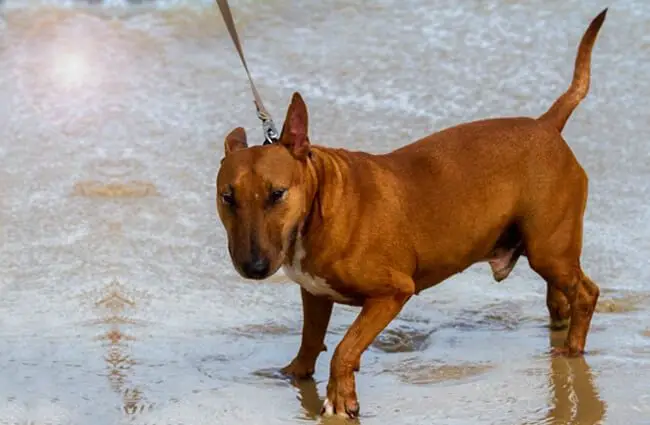
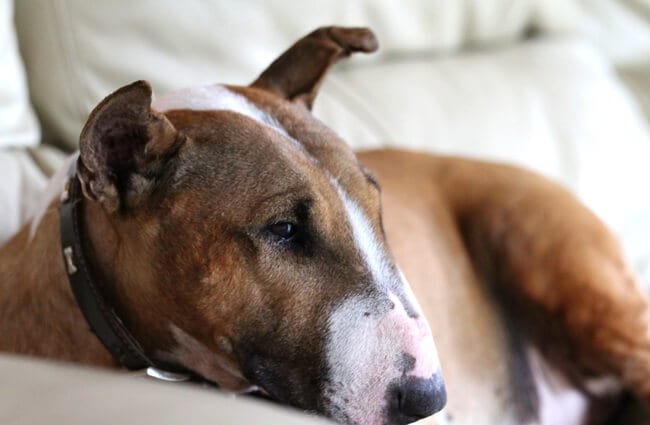
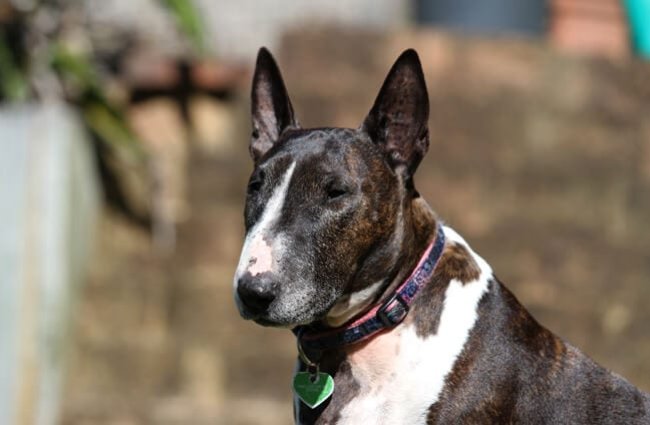
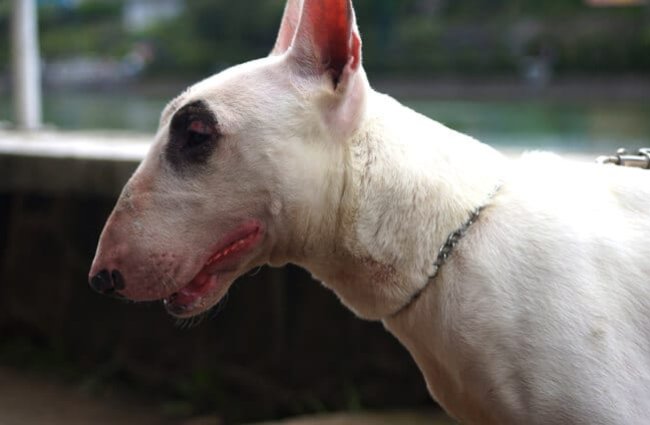

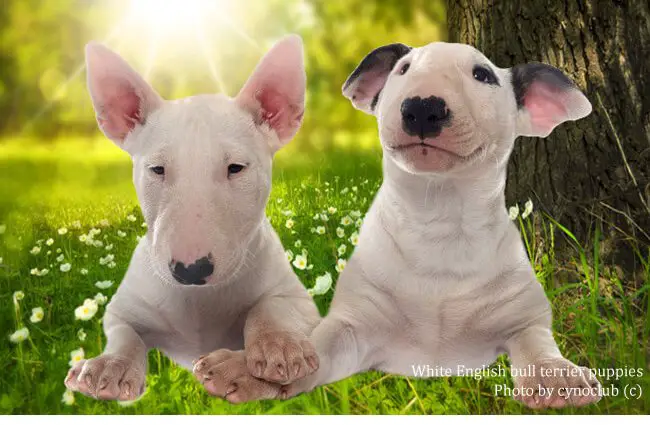
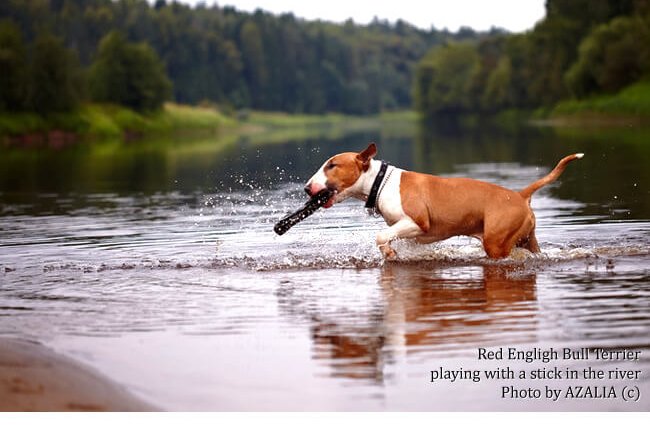
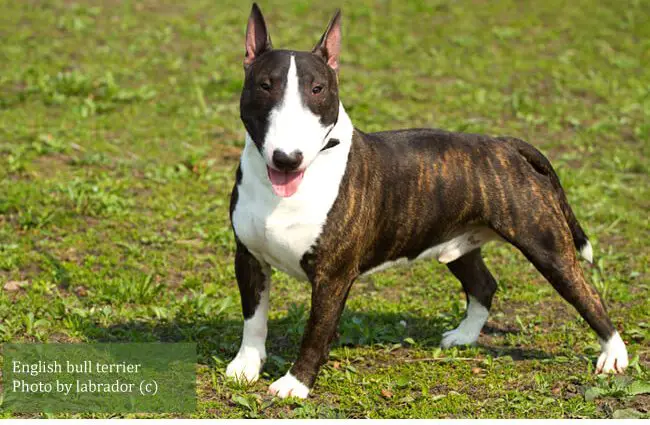



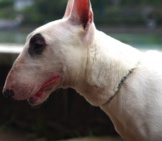


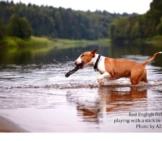
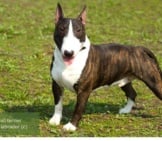













![Red Angus Closeup of a beautiful Red Angus cowPhoto by: U.S. Department of Agriculture [pubic domain]https://creativecommons.org/licenses/by/2.0/](https://animals.net/wp-content/uploads/2020/03/Red-Angus-4-100x75.jpg)

